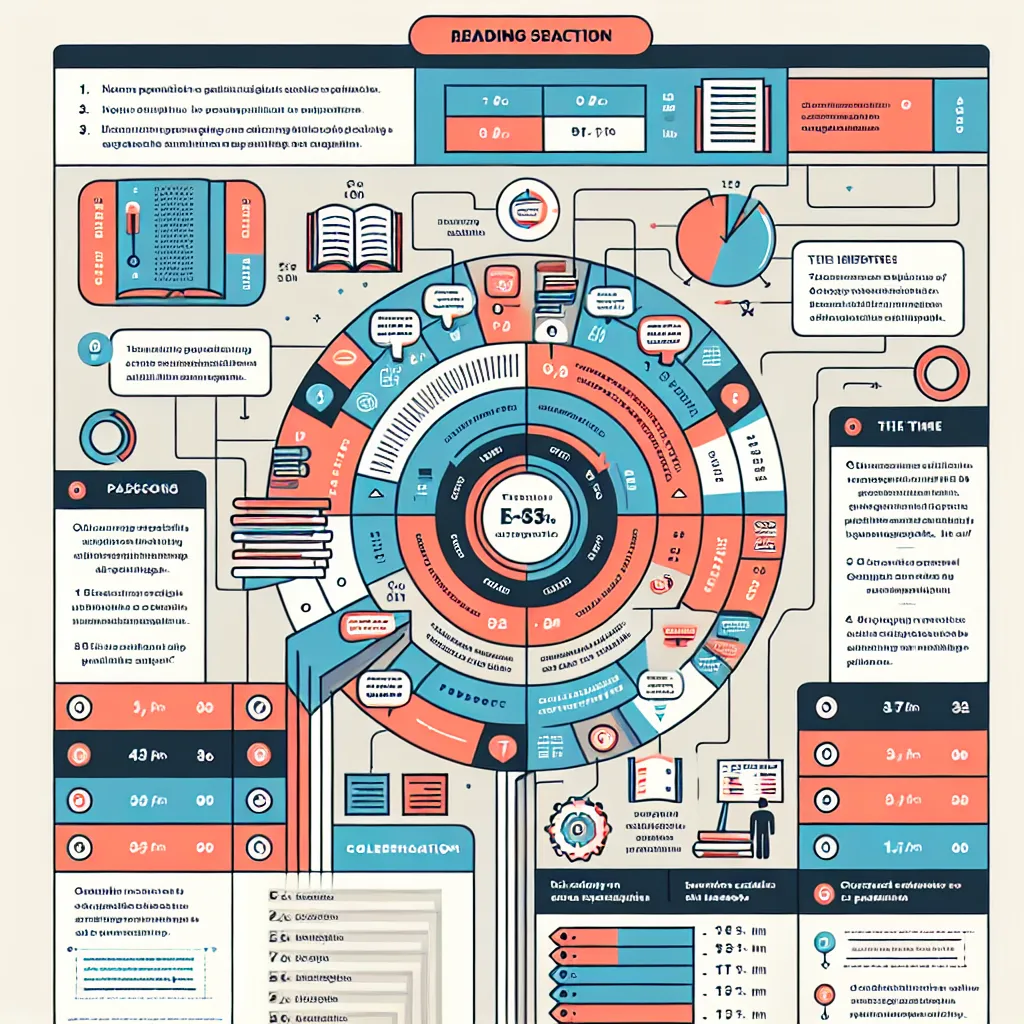Mastering the TOEFL Reading section’s matching headings task is crucial for achieving a high score on the test. This article will guide you through effective strategies to tackle this challenging question type, helping you boost your TOEFL Reading performance.
Understanding the TOEFL Reading Matching Headings Task
The matching headings task in the TOEFL Reading section requires test-takers to match given headings to the appropriate paragraphs in a passage. This question type assesses your ability to identify main ideas and understand the overall structure of the text.
 TOEFL Reading Matching Headings Task
TOEFL Reading Matching Headings Task
Key Strategies for Approaching Matching Headings Questions
1. Skim the Passage First
Before diving into the headings, quickly skim the entire passage to get a general idea of its content and structure. This initial overview will help you navigate the text more efficiently when matching headings.
2. Analyze the Headings
Carefully read through all the provided headings. Look for key terms and phrases that can help you distinguish between similar options. Understanding the nuances of each heading is crucial for making accurate matches.
3. Identify Topic Sentences
Focus on the first and last sentences of each paragraph, as these often contain the main idea. Topic sentences are valuable clues for matching the correct heading to a paragraph.
4. Look for Key Words and Phrases
Pay attention to repeated words, synonyms, or related terms that appear in both the headings and the paragraphs. These linguistic connections can guide you to the correct matches.
5. Use the Process of Elimination
If you’re unsure about a match, use the process of elimination. Cross out headings that clearly don’t fit, narrowing down your options for more challenging paragraphs.
6. Consider Paragraph Function
Think about the purpose of each paragraph within the overall text. Is it introducing a new idea, providing examples, or drawing a conclusion? This can help you match it with an appropriate heading.
Common Pitfalls to Avoid
Misinterpreting Abstract Headings
Some headings may use abstract or metaphorical language. Don’t be misled by surface-level interpretations; consider the deeper meaning in the context of the passage.
Overlooking Transitional Paragraphs
Be cautious with paragraphs that serve as transitions between main ideas. These may have less obvious connections to the provided headings.
Rushing Through the Task
Matching headings requires careful consideration. Avoid the temptation to rush, as this can lead to careless mistakes.
Practice Techniques for Improvement
Timed Practice Sessions
Regularly engage in timed practice sessions focusing solely on matching headings questions. This will help you develop speed and accuracy under test-like conditions.
Create Your Own Headings
As a challenging exercise, try creating your own headings for TOEFL Reading passages. This will help you understand how main ideas are typically expressed in headings.
Analyze Official TOEFL Materials
Study official TOEFL practice tests and materials to familiarize yourself with the types of headings and paragraph structures commonly used in the exam.
 TOEFL Practice Materials
TOEFL Practice Materials
Next Steps for TOEFL Reading Success
After mastering the matching headings task, focus on other TOEFL Reading question types to ensure well-rounded preparation. Consider taking full-length practice tests to gauge your overall readiness for the TOEFL Reading section.
Remember, success in TOEFL Reading matching headings questions comes with consistent practice and a strategic approach. By applying these techniques and avoiding common pitfalls, you’ll be well-equipped to tackle this challenging aspect of the TOEFL Reading section with confidence.
[internal_links]




